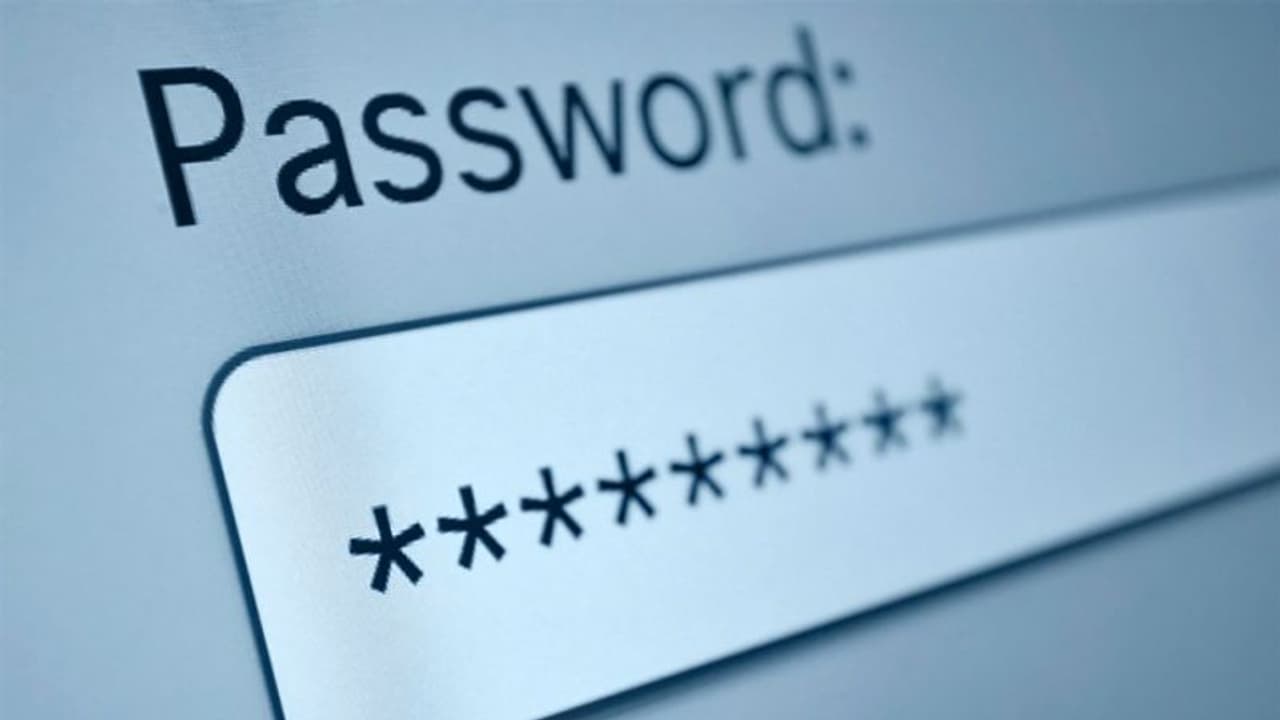Learn the essential steps to safeguard your netbanking account with a strong password. Discover effective tips and best practices for creating a secure online banking experience.
Introduction:
In today's digital age, online banking has become a convenient and efficient way to manage our finances. However, with the convenience comes the responsibility to ensure the security of our netbanking accounts. One crucial step in maintaining a secure netbanking account is creating a strong password. In this article, we will guide you through the process of creating a robust password that can effectively protect your financial information.
- Avoid Common Password Mistakes:
When crafting your netbanking account password, it's important to steer clear of common mistakes. Avoid using easily guessable information such as your name, birthdate, or consecutive numbers. Additionally, refrain from using simple and commonly used passwords like "password" or "123456." Hackers can easily crack such passwords, jeopardizing the security of your account.
- Length and Complexity Matter:
To create a strong password, make it long and complex. Aim for a minimum of 12 characters, combining uppercase and lowercase letters, numbers, and special symbols. A longer password with a variety of character types significantly increases its complexity and makes it more challenging to crack.
- Unique Password for Each Account:
Using the same password for multiple accounts is a risky practice. If one account is compromised, it puts all your other accounts at risk as well. To ensure the security of your netbanking account, create a unique password that is not used elsewhere. Consider using a password manager to help you keep track of your passwords securely.
- Passphrase Approach:
An alternative to a complex password is using a passphrase. A passphrase is a combination of multiple words that are easy for you to remember but difficult for others to guess. For example, "PurpleElephant$Jumping!" is a strong passphrase that incorporates a mix of words, symbols, and numbers. Passphrases offer increased security while being easier to remember than random combinations of characters.
- Regularly Update Your Password:
Even if you have a strong password, it's essential to update it periodically. Set a reminder to change your netbanking account password every three to six months. Regularly updating your password reduces the risk of it being compromised and enhances the security of your account.
- Two-Factor Authentication (2FA):
Adding an extra layer of security to your netbanking account is crucial. Enable two-factor authentication whenever possible. This feature typically requires you to enter a temporary code sent to your mobile device in addition to your password. It provides additional protection against unauthorized access, even if your password is compromised.
Conclusion:
Creating a strong password for your netbanking account is an essential step in safeguarding your financial information. By following the tips outlined in this article, you can significantly enhance the security of your online banking experience. Remember, a strong password, combined with other security measures like two-factor authentication, helps ensure that your netbanking account remains protected from unauthorized access. Stay proactive and prioritize the security of your financial data.
